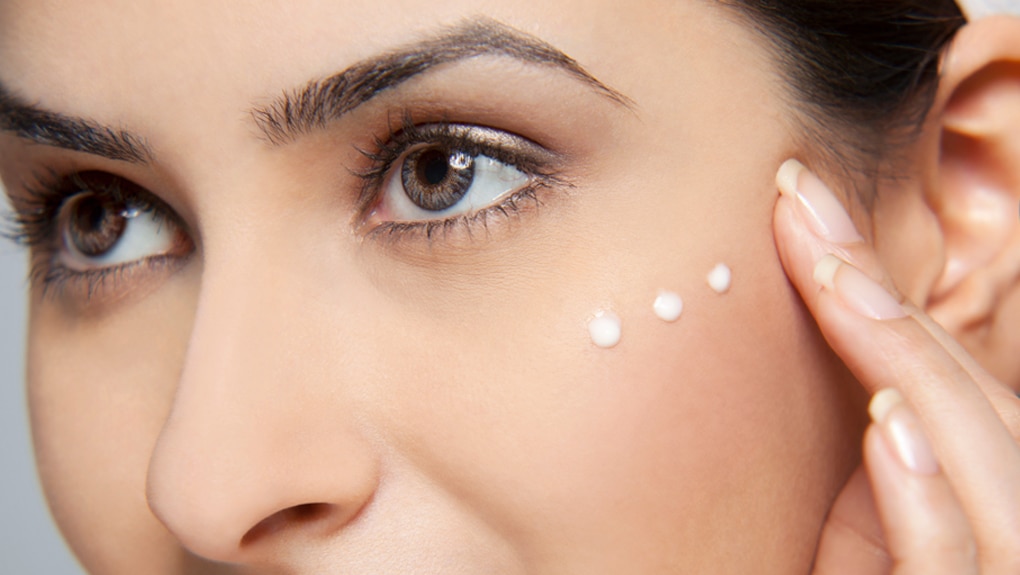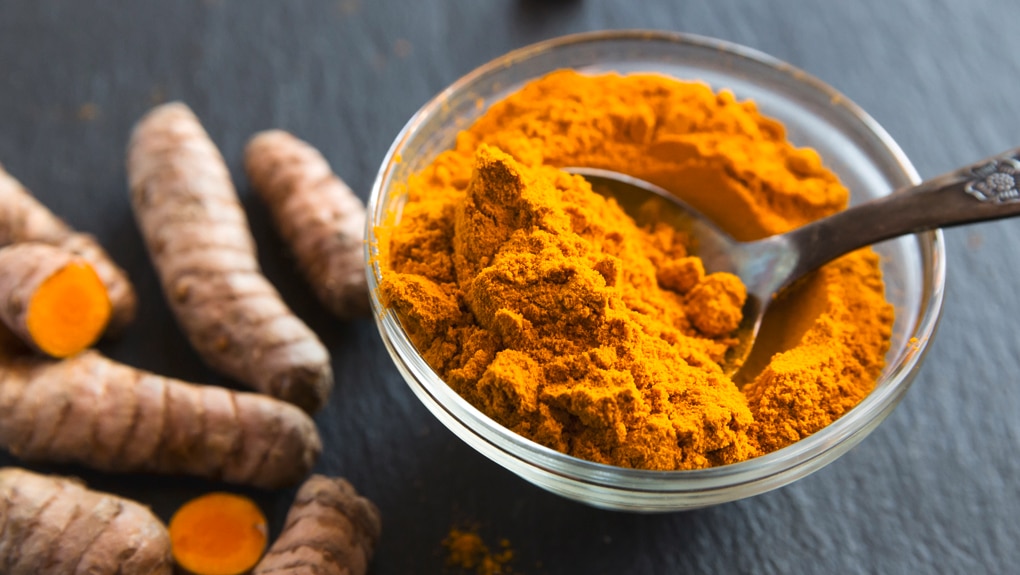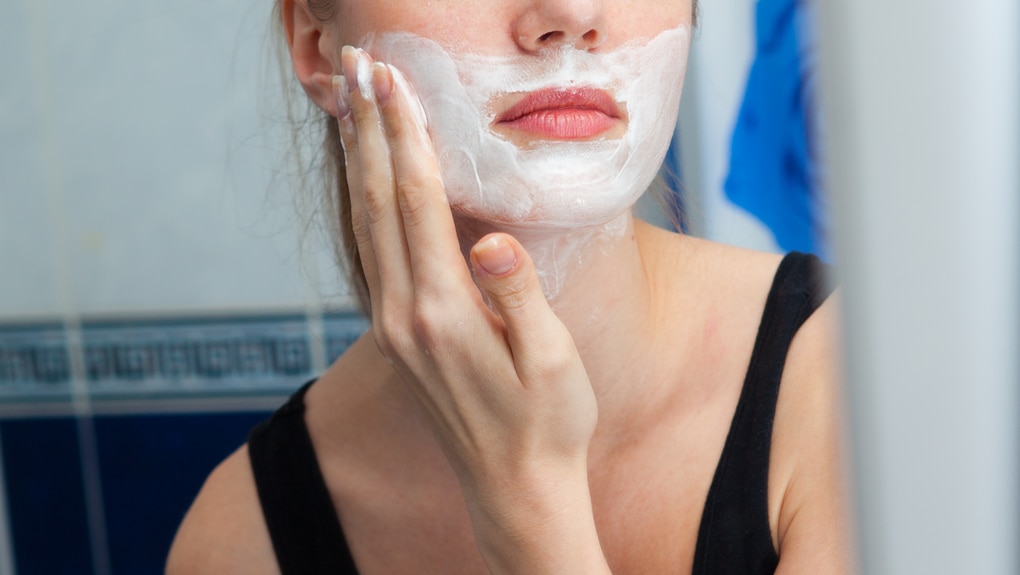Self-tanning is not your answer to covering up
Why you should stay away from the “fake bake”.
In Brightening
Looking for some color, but don’t want to expose yourself to sun damage? Most of us make the switch to self-tanners — but they’re not as harmless as you think.
Self-tanners contain dihydroxyacetone (DHA), which cause free radical formation.
Not to be mistaken with the DHA (docosahexaenoic) in baby formula, this chemical in tanning sprays and lotions interacts with skin to darken skin color and simulate a tan. While it has been deemed safe for commercial use,[1] some studies show that high concentrations of the chemical can result in free radical formation. Free radicals are unstable atoms capable of damaging structures within the skin, causing premature aging and compromising skin repair systems.[2]
DHA has also been linked to genetic mutations and DNA damage.
When applied topically and correctly, there’s very little risk because DHA doesn’t work past the first layer of skin. However, if it enters your bloodstream, it has the potential to cause genetic mutations on the cellular level.[3]
DHA has also been linked to lung disease and cancer.[4]
Regular visits to the tanning booth and use of tanning sprays without proper protection over your eyes, nose, mouth and ears increase your risk of asthma, chronic obstructive pulmonary disease (COPD) or cancer.[5] [6]





